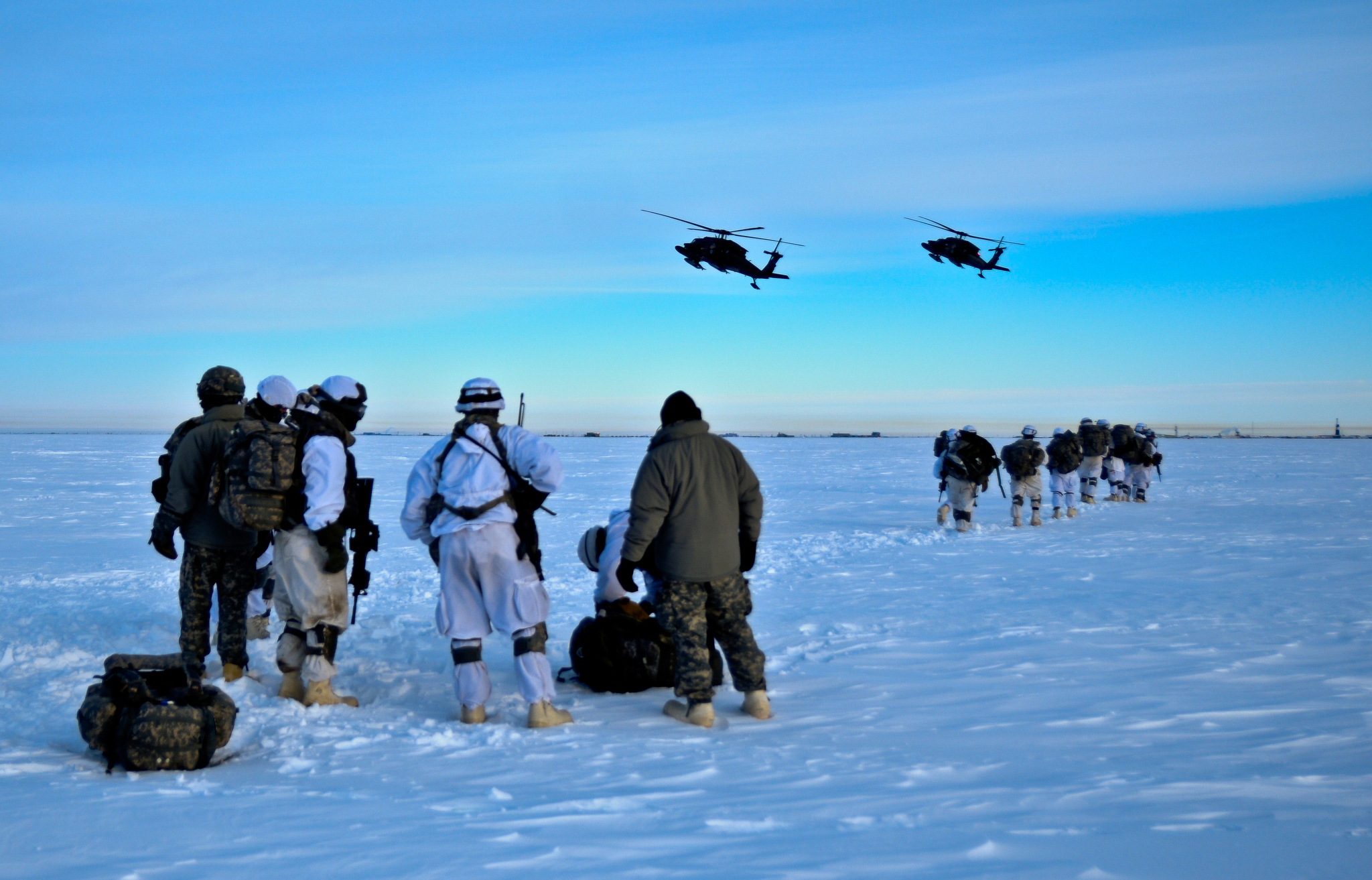Here’s what’s in the US Defense Department’s new Arctic strategy

WASHINGTON — The U.S. Department of Defense has released an updated Arctic Strategy that goes beyond prior, photo-filled versions of the plan, identifying shortfalls for the military in the northern stretches of Alaska.
Sen. Dan Sullivan, R-Alaska, has pushed for an upgrade to the Arctic strategy, and included a requirement in a fiscal year 2016 Defense authorization bill.
“After nearly two years of advocacy and bipartisan efforts, I am pleased that we finally have a much more serious military strategy for the Arctic region,” Sullivan said, announcing the document’s official release.
While the new strategy is more in-depth than prior Defense Department Arctic strategies, the document isn’t a deep dive; it’s only 17 pages long. It details military responsibilities in the Arctic and long-term needs. But there is little discussion on how to respond to Russian expansion in the region, or to the need for more infrastructure.
“While this strategy is not perfect – including a failure to offer how best to counter the common threat it identifies – it is a dramatic improvement from the 2013 version which was more platitudes and pictures than actual substance. I am hopeful that the entire Department of Defense, our new president, and the country will take a serious look at this document and begin to formulate how our country will safeguard our interests, and that of our allies, in this strategically-important region,” Sullivan said.
Because of melting sea ice driven by climate change, shipping lanes are opening up in the Arctic, the report says. The Defense Department’s goal in the region is security, safety and cooperation with other Arctic countries, it says.
[Putin’s Russia in biggest Arctic military push since Soviet fall]
“The Arctic generally remains an area of cooperation, ranging from scientific, environmental, and economic collaboration,” through a variety of entities. “Friction points, however, do exist,” the report says. It points mainly to disagreements over regulating navigation and ownership of Arctic waters.
While the shrinking sea ice will open up economic opportunities in the region, it adds “concerns about human safety and protection of a unique ecosystem that many indigenous communities rely on for subsistence,” the report says.